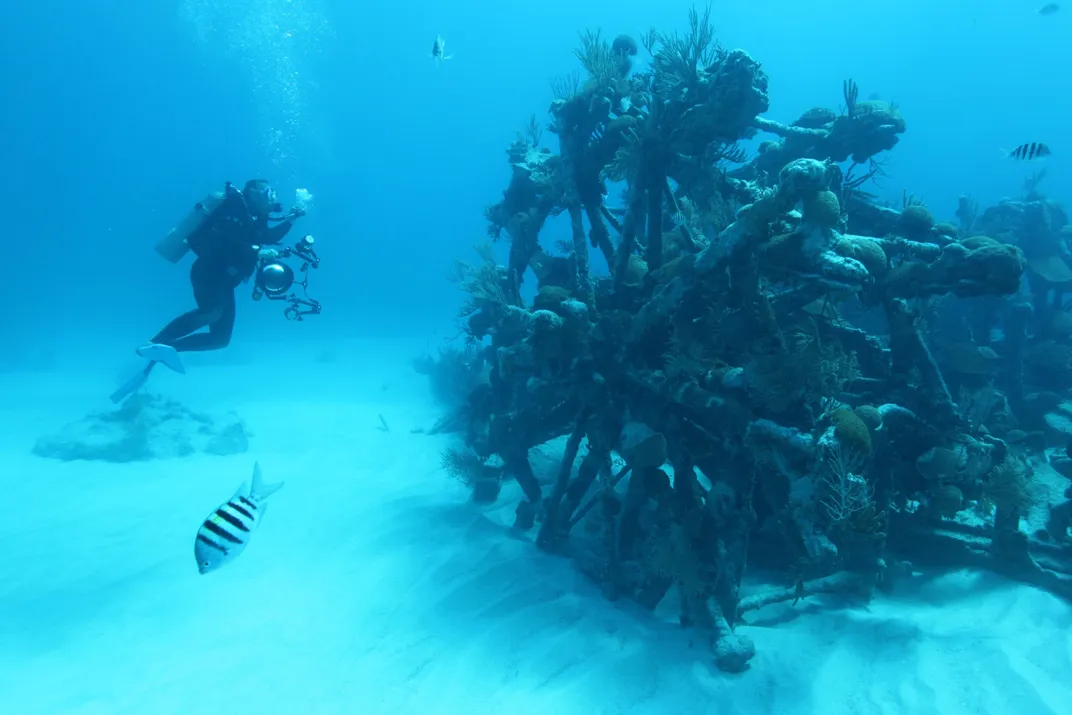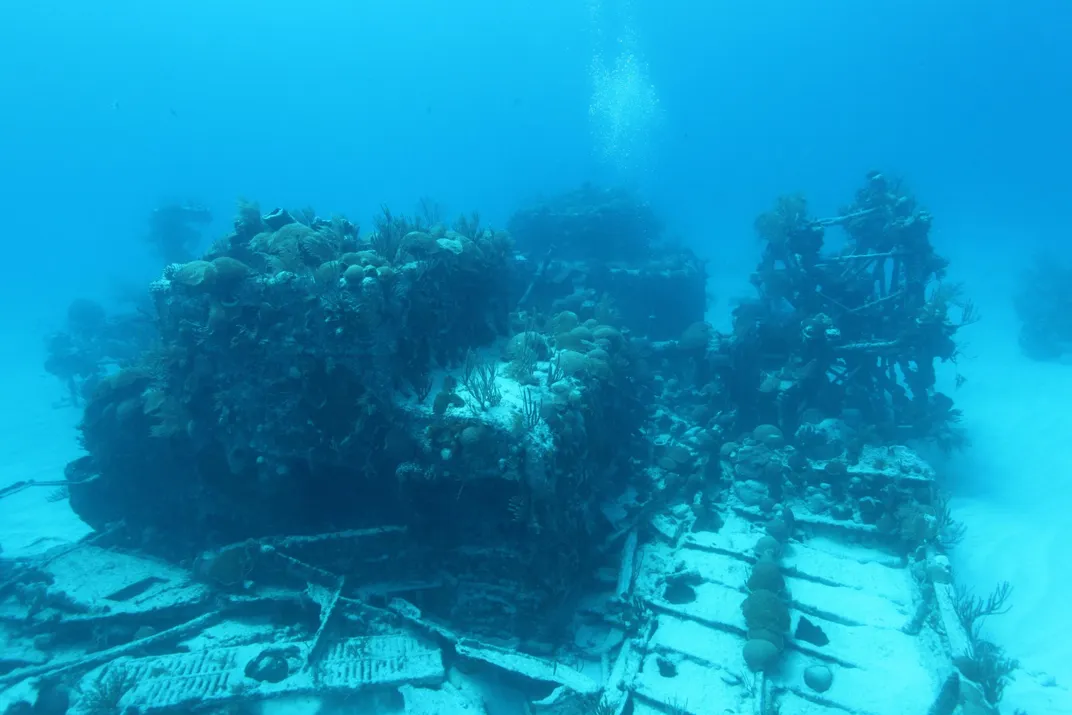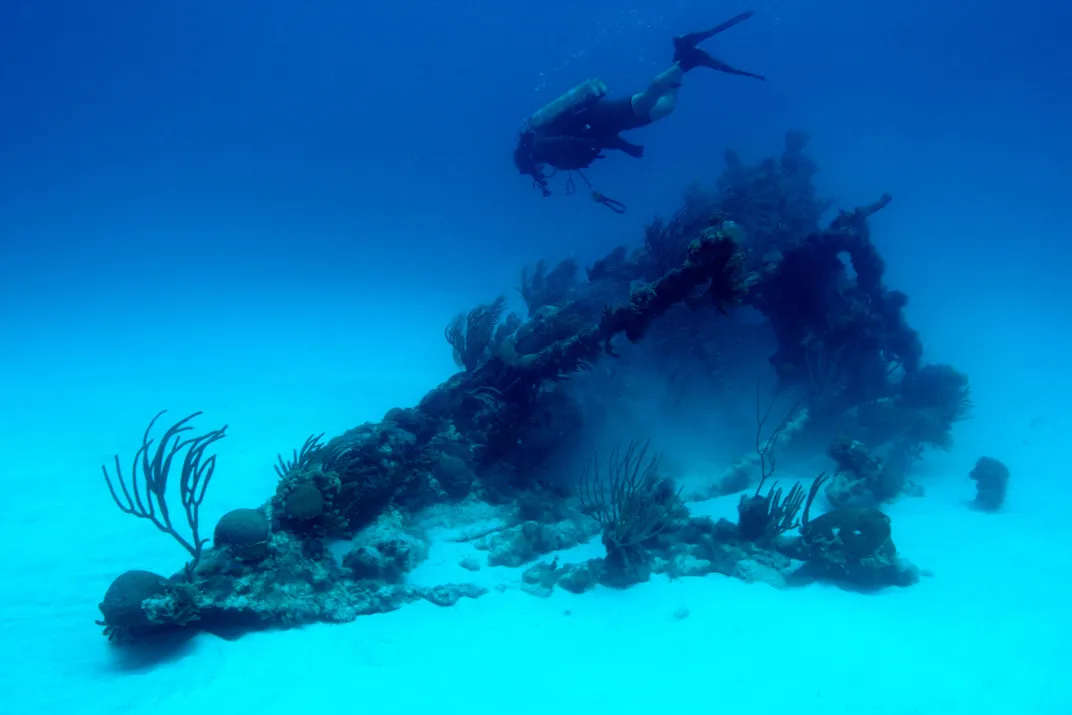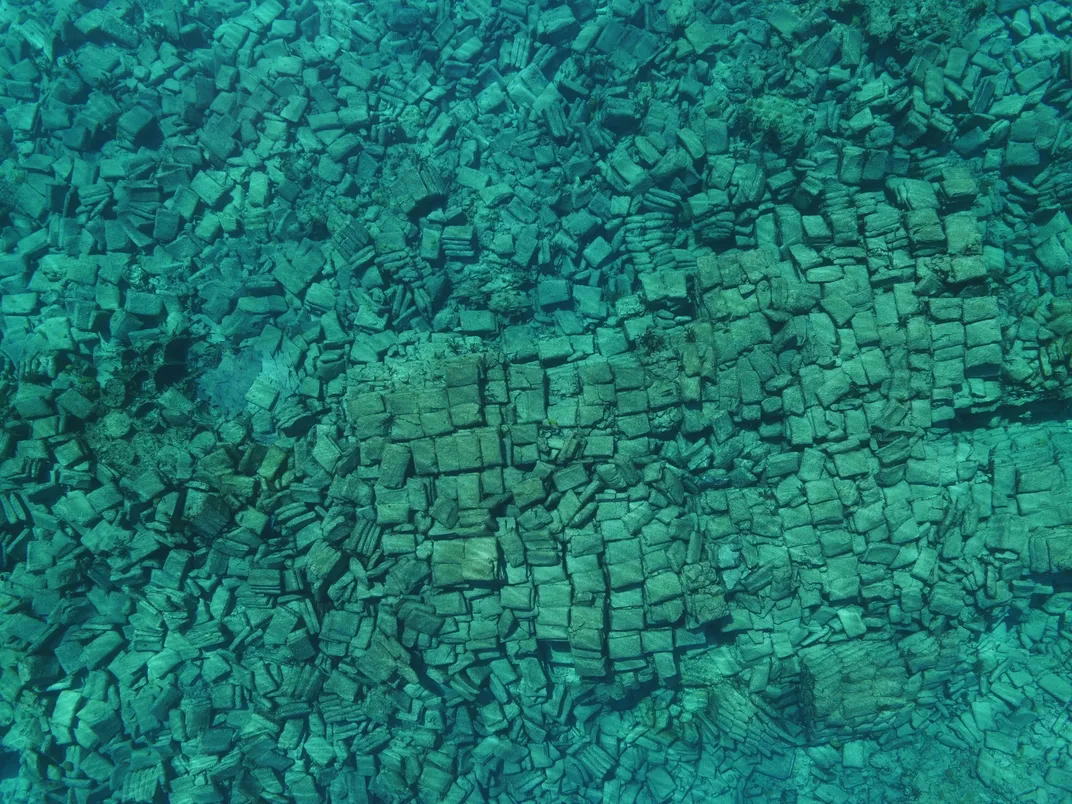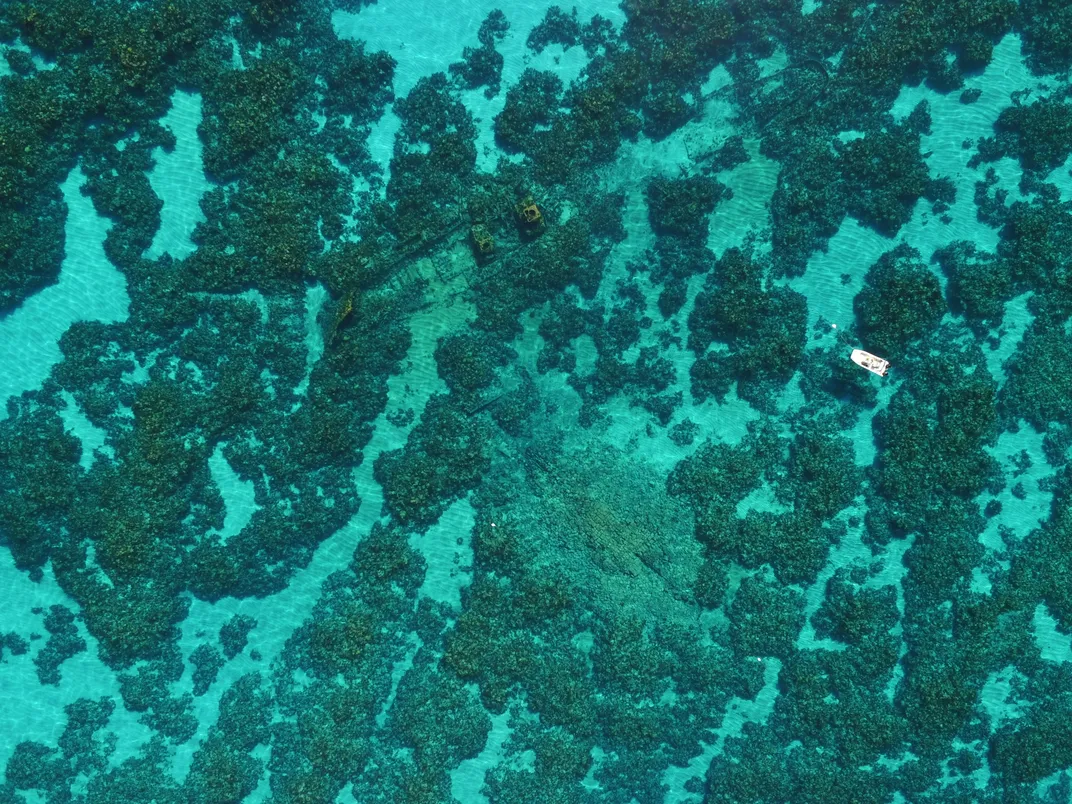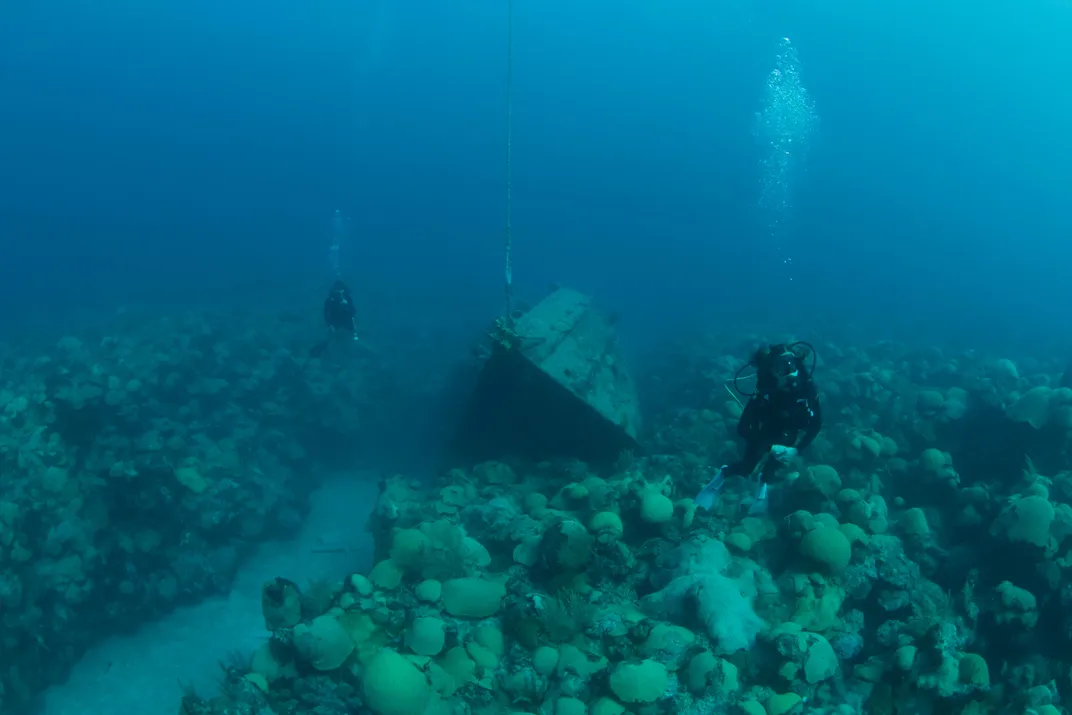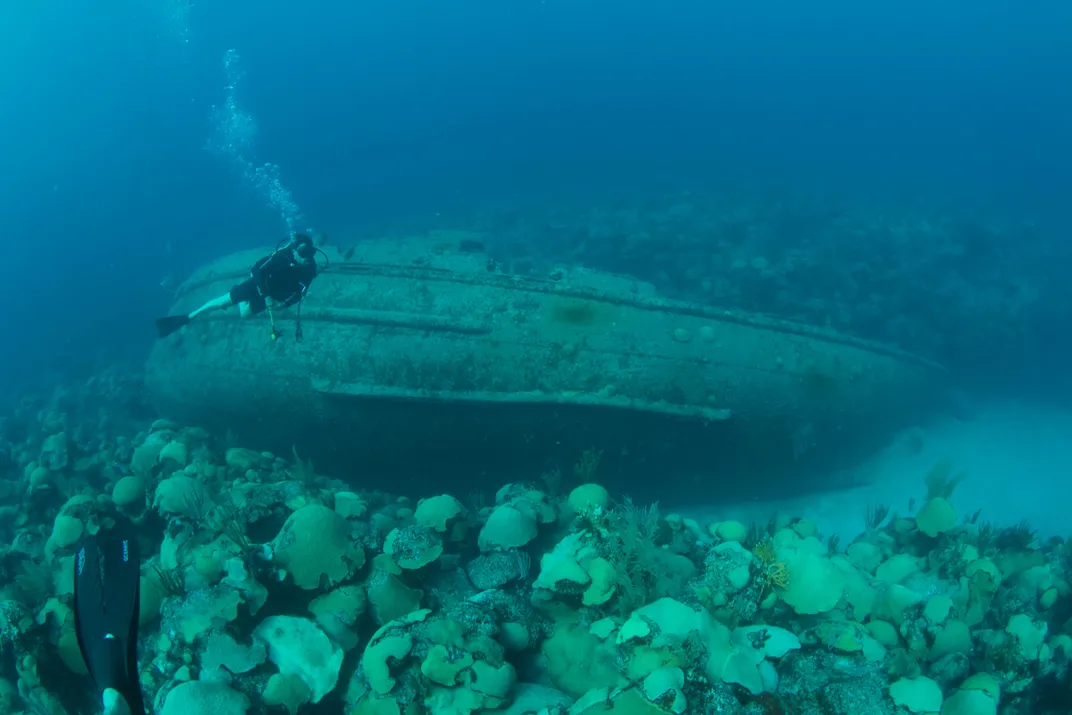Exploring Five of the Most Iconic Wreckage Sites in Bermuda
The island’s ‘custodian of historic wrecks’ shares his favorite underwater sites for divers to experience
/https://tf-cmsv2-smithsonianmag-media.s3.amazonaws.com/filer/7e/68/7e687f4b-7c73-4798-b93c-5377def55698/bermuda_shipwreck.jpg)
Bermuda is often considered the shipwreck capital of the world. With more than 300 shipwrecks dotting its waters, the North Atlantic island boasts more wrecks per square mile than anywhere else on the planet.
Having such a rich history lying just beneath the water’s surface made it necessary for the British territory to ensure the protection of these artifacts for future generations to enjoy. The island passed the Historic Wrecks Act of 2001, and with it came the naming of Philippe Max Rouja, an anthropologist and Bermuda native, as the official custodian of historic wrecks. Since 2004, Rouja has been responsible for not only maintaining the island’s numerous shipwrecks, but also educating the public of the importance of protecting these relics. Tapping into his background in anthropology and experience as a diver, Rouja joined forces in 2017 with researchers at University of California, San Diego, on Bermuda 100, a massive project whose mission is to create a comprehensive digital atlas of the many underwater wreckage sites surrounding Bermuda. Using cutting-edge technology like photogrammetry (the science of taking measurements with photography), data processing, 3D computer models and virtual realtiy, the project will give both researchers and the general public a better understanding of what sits below the surface.
Smithsonian magazine had the opportunity to talk to Rouja about five of his favorite wreckage sites to dive.
Mary Celestia
Constructed during the Civil War, the Mary Celestia served as a blockade runner for the Confederacy, transporting goods like food, weapons and ammunition during wartime. As a disguise, the 100-foot-long paddlewheel steamer went by multiple pseudonyms, including Mary Celeste and the Bijou, in an attempt to throw off the Union. In 1864, on its final voyage to deliver munitions, the Mary Celestia struck a coral reef on the island’s southern shore and ultimately met its demise. Today much of the steamer, which rests 55 feet below the surface, is still intact, including its paddlewheel and engine. “Divers can swim the entire length of the wreck,” Rouja says. “This is also the wreck where [in 2009] divers discovered a bottle of unopened wine [dating to 1853].”
Cristobal Colon
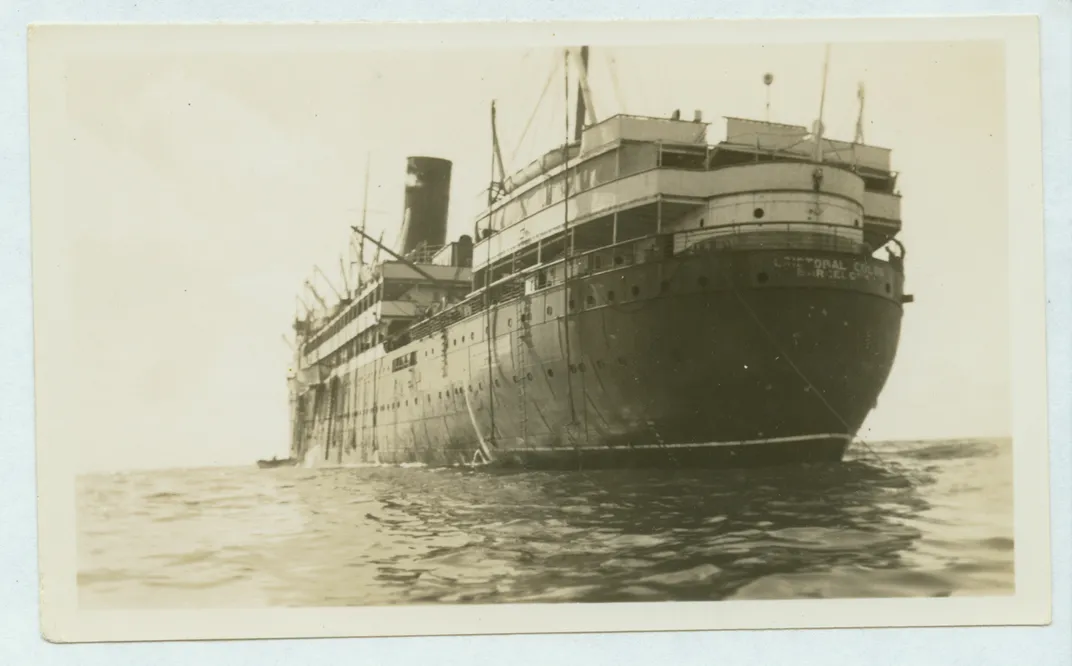
Known as the largest of Bermuda’s shipwrecks, the Cristobal Colon weighed more than 10,000 tons and stretched nearly 500 feet in length. The luxury cruise liner met its fate in 1936 when it crashed into a coral reef situated about eight miles north of the island. There were multiple attempts to save the ship by dragging it off the reef, but when those failed, the Cristobal Colon was largely salvaged and its interiors, including ornate paintings and furnishings, went to auction. Today the wreckage is spread across 100,000 square feet of seafloor, and many of the salvaged collectibles can be found in the homes of Bermudians. “My dad has a painting of a bookseller from Paris hanging in his home,” Rouja says. “The story of the ship persists in locals’ daily lives, since many of them have dinnerware sets and furnishings they bought at auction. Divers can still access the stern, which sits 80 feet below the surface, and can see some of the ship’s bathtubs and bathrooms decorated in green tile handmade in Portugal.”
Montana and Constellation
What sets these two wrecks apart is that they’re stacked one on top of each other. The Montana, a paddlewheel steamer, sunk in 1863 after hitting a shallow coral reef, while the Constellation, a wooden-hulled schooner hauling 80,000 pounds of cement, met a similar fate 80 years later in 1943. Some reports claim what really took the Constellation down was that the ship struck the bow of the Montana, but no one knows for sure. “What I like best about this site is the thousands of cement bags stacked in pyramids one on top of each other that are still intact,” Rouja says. “Snorkelers can experience the site too, since the 50-pound bags are located just eight feet below the surface.”
King
While most of the wreckage sites scattered around the island were the results of accidents, this Navy tugboat was intentionally scuttled to create a diving site and artificial reef. In 1984, Gary Lamb, the owner of the King, gifted the tugboat to the Bermuda Dive Association, which placed it about a half mile and at a depth of 65 feet off the island’s south shore. It’s become a popular spot for scuba divers to spot shells and tropical fish like blue angels and trumpetfish. “It’s a fantastic dive,” Rouja says. “The water is a bit murky, but it’s often considered a divers’ favorite, since you can swim through the gangways, [along with the pilot house, galley and engine room].”
B-50 Bomber
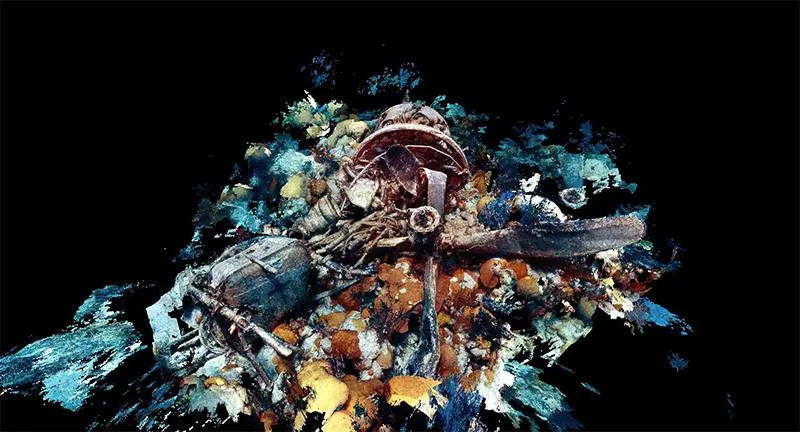
While the vast majority of dive sites around Bermuda are that of ships, there is one that often gets overshadowed: the remains of an airplane. In 1963, the U.S. B-50 Bomber Hayes KB-501 was being flown on a refueling mission from Bermuda to the England Air Force Base in Alexandria, Louisiana. Just after takeoff the craft’s jet engine exploded, setting its left wing ablaze. Six of the seven crew members escaped unharmed before the plane plummeted 1,000 feet into the Atlantic Ocean, but the commander, John Moore, was still seated when divers reached the crash site near the island’s western edge. “The bomber’s remains now rest about 25 feet underwater,” Rouja says. “While many of its parts are strewn around the site, divers can still see the bent propellers, wings and fuselage.”
